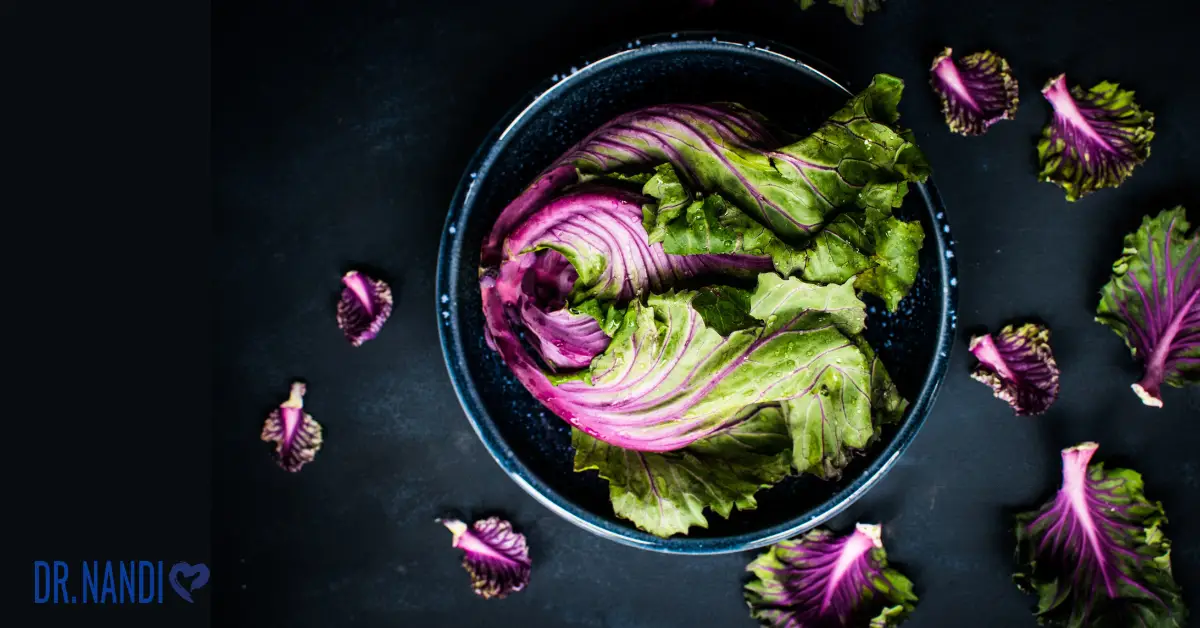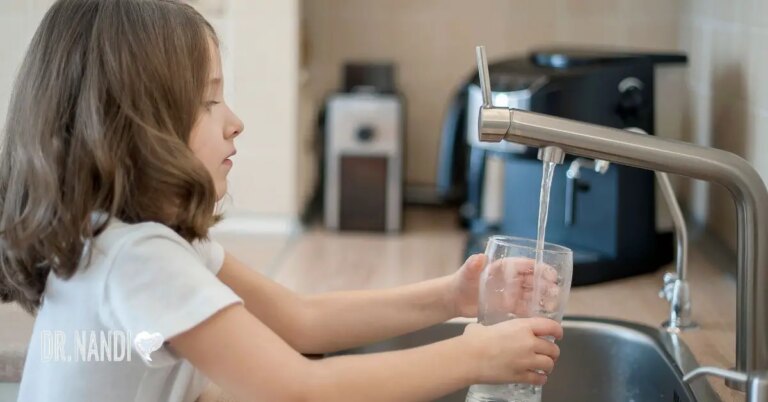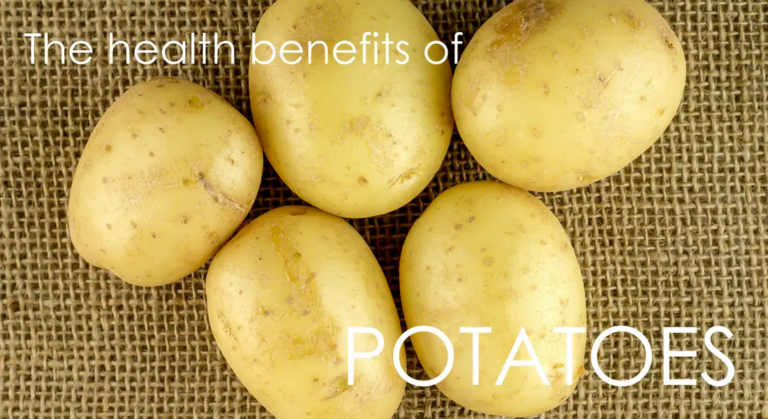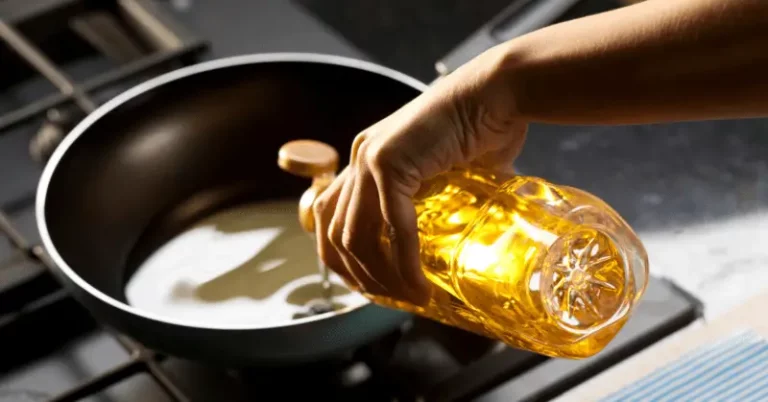According to the American College of Cardiology and American Heart Association’s 2017 Hypertension Guideline, 47.3% of American adults (116 million) have hypertension. Also known as high blood pressure. Hypertension and its effects are an area of great concern for the overall health and wellness of the US. To make matters worse, it’s estimated that only one in four has their high blood pressure under control. Perhaps it’s easy to overlook it since high blood pressure often has no symptoms. But if left untreated, high blood pressure can lead to severe complications over time, with an increased risk of heart disease, stroke, and death. (1)
What is Blood Pressure?
Every time your heart beats, it pumps blood into your arteries which carry it to the rest of your body. The force of your blood pushing against the artery’s walls is what we know as blood pressure. When the heartbeats, blood pressure is at its highest… This is called systolic pressure. Blood pressure is at its lowest when the heart is resting, between beats. This is known as diastolic pressure. (2)
What Do Blood Pressure Readings Look Like?
Blood pressure is measured by using two numbers, systolic and diastolic. A normal blood pressure reading of 120/80mmHg means that the patient has a systolic pressure of 120 and a diastolic pressure of 80.
What is Hypertension or High Blood Pressure? What Is Normal Blood Pressure?
Our blood pressure varies throughout the day and, as you might expect, is closely related to the activities that are being performed. High blood pressure or hypertension is diagnosed when a person’s blood pressure is consistently higher than average. High blood pressure is defined as blood pressure that reads above 130/80 consistently. (3)
Types of High Blood Pressure or Hypertension
High blood pressure can be divided into two types:(4)
Primary High Blood Pressure
Also known as essential or idiopathic high blood pressure, and is the most typical type. This type of high blood pressure does not have one specific cause. On the contrary, it is attributed to multiple factors. Although this type of hypertension can start at any age, in most cases it appears around middle age.
Health Problems Associated with Primary High Blood Pressure
High blood pressure damages blood vessels, and it gets worse over time, causing complications such as:(5)
- Heart failure or heart attack
- Stroke
- Dementia
- Malignant hypertension
- Brain aneurysm
- Loss of vision
- Kidney failure
- Atherosclerosis
Risks factors for Developing Primary High Blood Pressure
A combination of existing health issues and unhealthy habits can put an individual at a higher risk of essential hypertension. These include:
- Diabetes
- High intake of coffee or caffeinated drinks
- Being older than 65 years old
- Obesity
- Sleeping disorders like insomnia
- Lack of physical activity
- A diet that contains too much salt
- Alcohol abuse (6)
Secondary High Blood Pressure
Secondary hypertension is usually the result of another medical condition affecting the individuals’ arteries, kidneys, heart or endocrine system. Secondary elevated blood pressure can appear during pregnancy. This type of high blood pressure is usually controlled by treating the underlying health condition together with the high blood pressure. By doing this, it is possible to reduce dangerous outcomes such as stroke, heart disease and kidney failure.
Secondary High Blood Pressure Symptoms
Only 5% to 10% of patients experience secondary high blood pressure. Because of the small percentage of people affected, and the high cost of testing for secondary hypertension, most health care providers look for other things like:
- The patient is not obese.
- Medication doesn’t improve the patient’s high blood pressure.
- Absence of high blood pressure in family history.
- High blood pressure that responded well to medication but doesn’t anymore.
- Presence of high blood pressure before 30 or after 55 years of age.
- Very high blood pressure readings such as 180/120 mmHg.
Causes of Secondary Hypertension
There are a variety of medical conditions or diseases that can cause secondary high blood pressure like:
- Kidney disease
- Diabetes complications
- Hyperparathyroidism
- Thyroid problems
- Coarctation of the aorta
- Obstructive sleep apnea
- Pregnancy
- Some Medications such as:
- Diet pills
- Decongestants
- Birth control pills
- Stimulants
- Antidepressants
- Non-steroidal anti-inflammatory agents
Treatment for High Blood Pressure or Hypertension
Besides aiming to achieve healthy blood pressure by measuring it regularly and taking the prescribed medication, you can follow some guidelines to adjust your current lifestyle like:
- Incorporating an exercise routine.
- Keeping a healthy weight.
- Limiting alcohol intake.
- Give up smoking.
- Get enough sleep.
- Eating a healthy diet low in sodium.
Prevention is the key, especially when there is a family history of high blood pressure or heart disease. Just by eating a healthier diet with less salt, and incorporating regular exercise, you will have lower chances of developing hypertension. By consuming more foods that are rich in potassium, calcium, and magnesium, you can reduce your risks for high blood pressure and promote good health overall.
If you need some ideas on how to incorporate heart-healthy food alternatives into your diet, check out our 77 smoothies and snack ideas.
What Foods Are Good To Lower My Blood Pressure Reading?
The following foods have all been studied for their abilities to boost overall health and wellness and support healthy blood pressure reading levels. Food is medicine! Consider adding or increasing the amounts of these foods in your daily/weekly diet.
Leafy Greens
Dark leafy green vegetables are excellent sources of nutrition. They contain high levels of fiber, iron, magnesium, potassium, and calcium and have minimal carbohydrate, sodium, and cholesterol. Salad greens, kale, and spinach are rich in vitamins A, C, E and K, and broccoli, bok choy, and mustard is rich in B-vitamins. Leafy greens supply folate, a B-vitamin that promotes heart health.
Varieties of greens often available in markets include collards, mustard greens, turnip greens, chard, spinach, romaine, arugula, and kale. These are all great in salads, wraps, soups even stir-fried, steamed or sauteed into an omelet.
Red Beets
Beets have high nitrate content that produces heart-healthy effects. The body converts nitrate-rich beets into nitric oxide in the body. The nitric oxide then relaxes blood vessels and therefore, lowering blood pressure. (7)
In 2013, researchers reported that drinking red beet juice led to lower blood pressure readings in people with high blood pressure. Participants drank 1 cup of juice every day for four weeks. Researchers noticed some positive effects within 24 hours.
In the study, those who drank 1 cup of beet juice daily had an average drop in their blood pressure of around 8/4 millimetres of mercury (mm Hg). For many, this change brought their blood pressure reading within the normal range. On average, a single blood pressure medication reduces levels by 9/5 mm Hg.
Beets can be juiced, roasted, sauteed or even baked into chips for a healthy snacking option.
Garlic
The use of garlic as a medicine has been around since ancient times. The Egyptians consume garlic as part of their daily diets. It was prescribed for various ailments like parasites, abnormal growth, circulatory problems and more. Garlic was also given to the workers for strength and stamina. Also, the Greeks, Romans, Chinese, Indian and Assyrians had garlic as an essential medicinal element.
Nowadays, garlic is often used to enhance the flavor of savory meals, including stir-fries, soups, and omelets. Garlic is known to be a natural antibiotic and antifungal food.
A research study reported that garlic extract reduced both systolic and diastolic blood pressure in hypertensive people. Garlic can increase the body’s nitric oxide production, which allows the muscles to relax and blood vessels to dilate, reducing hypertension.
Fermented Foods
Fermented foods are rich in probiotics (beneficial bacteria). These good bacteria play an essential role in maintaining your gut health. According to research, consuming probiotics can have a modest effect on high blood pressure.
In a study, participants consumed multiple species of probiotic bacteria containing at least 100 billion colony-forming units daily for more than eight weeks. The probiotic consumption lowered systolic blood pressure (the top number) by 3.56 mm Hg and diastolic blood pressure (the bottom number) by 2.38 mm Hg.
Some fermented foods to add to the diet include natural yogurt, kimchi, kombucha, apple cider vinegar, miso, and tempeh.
Wild-Caught Fish
Fish is a great source of lean protein. Wild-caught fish is high in omega-3 fatty acids, which can lower blood pressure, reduce inflammation, and lower triglycerides. Some great options for fish include salmon and mackerel. Trout contains vitamin D, a vitamin shown to lower blood pressure.
In a study conducted among 69 overweight medication-treated hypertensive individuals, researchers introduced a daily meal of fish, coupled with a weight-reduction plan for 16 weeks. After the trial, the reduction in blood pressure was significant, especially on awake systolic and diastolic blood pressure. (8)
Fish is a protein-rich meal that is easy to prepare, just season for the flavor profile you desire, then bake, grill, or saute.
Berries
Blueberries and strawberries contain antioxidant compounds called anthocyanins, a type of flavonoid. Flavonoids give fruits, vegetables, and flowers a blue, purple or deep red color and have powerful antioxidant and anti-inflammatory properties, helping to relax blood vessels and support healthy blood flow.
A study conducted on more than 34,000 people with high blood pressure who consumed blueberries and strawberries (the berries with the highest amounts of anthocyanins) showed an 8 percent reduction in the risk of high blood pressure compared to those with a low anthocyanin intake.
Berries are great as a snack or treat after meals. Try them on smoothies, cereals, and oatmeal.
Dark Chocolate
Have a sweet tooth? A Harvard study on dark chocolate, the kind that contains at least 50 to 70 percent cocoa, lowered blood pressure in all participants, but most notably in those with hypertension.
One great way to enjoy this benefit is by selecting high-quality dark chocolate containing 70 percent (or more) cocoa and consuming a single square, or a 1 ounce piece, each day.
Oatmeal
Oats contain beta-glucan(a type of fiber), which may reduce blood cholesterol levels. Beta-glucan can also lower blood pressure, according to some research.
This study demonstrated a 7.5 mm Hg reduction in Systolic Blood Pressure and a 5.5 mm Hg reduction in Diastolic Blood Pressure. The oats group also experienced a significant decrease in both total cholesterol (9%) and low-density lipoprotein(LDL) cholesterol (14%).
Start your day off with a bowl of oatmeal (whole grain or steel-cut), or use rolled oats instead of breadcrumbs to give texture to meat or vegetarian burger patties.
Bananas
Bananas are rich in potassium, a mineral that plays a vital role in managing high blood pressure. According to the American Heart Association, potassium reduces the effects of sodium and alleviates tension in the walls of the blood vessels.
Adults should aim to consume 4,700 milligrams (mg) of potassium daily. Other potassium-rich foods include avocado, cantaloupe and honeydew melon, halibut, mushrooms, sweet potatoes, tomatoes, tuna, and beans.
If you have kidney disease, be sure to speak with your doctor about potassium, as too much can be harmful.
Cinnamon
Ceylon cinnamon (known as true cinnamon) is very expensive, so most foods in the United States and Western Europe use the cheaper Cassia cinnamon (dried Cassia bark).
When it comes to cinnamon and high blood pressure research, one study published in the Journal of International Scholars’ Conference in 2016 showed that one gram (g) of ceylon cinnamon powder would significantly lower blood pressure for one week. Participants had an average blood pressure with a systolic reading of 145 mmHg and a diastolic pressure of 99 mmHg. After the cinnamon treatment, the average blood pressure dropped to a systolic reading of 130.67 mmHg and a diastolic pressure of 85.33 mmHg.
Note: People with liver disease should limit their consumption of cinnamon.
Pistachios
Pistachio nuts have the most substantial effect on reducing blood pressure in adults. A recent review and scientific analysis of 21 clinical trials were carried out between 1958 and 2013. Pistachios significantly reduced both systolic and diastolic blood pressure, where mixed nuts reduced only diastolic blood pressure.
A single serving (one-third cup) of almonds, like pistachios, contains healthy monounsaturated fat, contributing to lower blood cholesterol levels and reduced arterial inflammation, which ultimately helps lower the pressure inside the arteries.
Plain pistachios or raw almonds can be tossed into salads, snacked on as-is, or blended into pesto.
Pomegranates
Pomegranates can be enjoyed whole, seeds and all, but some people prefer the juice. When buying pre-packaged pomegranate juice, check that there is no added sugar. When juicing a pomegranate at home, be sure to incorporate small amounts of the pulp as it does contain antioxidants, but too much pulp can cause bitterness.
Drinking just 1 cup of pomegranate juice daily for 28 days can lower high blood pressure in the short term. The study suggests that the polyphenols found in pomegranate seeds and pulp are responsible for reducing blood pressure.
Watermelon
Watermelon contains an amino acid called citrulline, which helps the body to produce nitric oxide, a gas that relaxes blood vessels and encourages flexibility in arteries. These effects aid the flow of blood, which can lower high blood pressure.
Research shows that adults with obesity and prehypertension or mild hypertension who took watermelon extract exhibited reduced blood pressure in the ankles and brachial (upper arm) arteries.
Watermelon is excellent added to salads and smoothies, or enjoy it in a chilled watermelon soup.
Eating various healthy, whole foods is the best way to improve your health and reduce your blood pressure. For extra added benefits, you can include some activity along with a good night’s sleep for optimal health benefits.
Also, consider following some of the recommendations by the U.S.-based National Heart, Lung, and Blood Institute that came up with the DASH (Dietary Approaches to Stop Hypertension) diet. This has been shown to reduce the systolic blood pressure by 8-14 points. The DASH diet includes foods that are:
- Low in sodium
- Rich in potassium, calcium, protein, fiber and magnesium
- Low in saturated fat
Therefore the DASH diet focuses on consuming low-fat protein sources, whole grains, fruits and vegetables. A review and analysis evaluating 17 randomized controlled trials (RCTs) found that the DASH diet was capable of reducing by 6.74 mmHg the systolic blood pressure and 3.54 mmHg points the diastolic blood pressure, on average.
In addition, aiming to combat high blood pressure on a worldwide scale, the World Health Organization (WHO) began collaborating with Resolve to Save Lives. They have been working together since 2017 to support governments in implementing the Global Hearts Initiative. Today 18 low and middle-income countries now bring hypertension treatment to 3 million people who desperately need it, demonstrating the efficacy and importance of these programs.
Having a healthy diet doesn’t need to be boring! That’s why Dr. Nandi has come up with 77 healthy and easy to make recipes that are a perfect substitute for high fat, high sugar snacks and smoothies.
Sources:
- https://millionhearts.hhs.gov/data-reports/hypertension-prevalence.html
- https://www.cdc.gov/bloodpressure/about.htm
- https://www.nhlbi.nih.gov/health-topics/high-blood-pressure
- https://medlineplus.gov/highbloodpressure.html
- https://www.nhs.uk/conditions/high-blood-pressure-hypertension/
- https://www.ucsfhealth.org/education/risk-factors-for-high-blood-pressure-hypertension
- https://www.lehman.edu/dietetic-internship-program/documents/TheBEETing-of-your-Heart-by-Annie-Rusoff.pdf
- https://pubmed.ncbi.nlm.nih.gov/9774368/






















